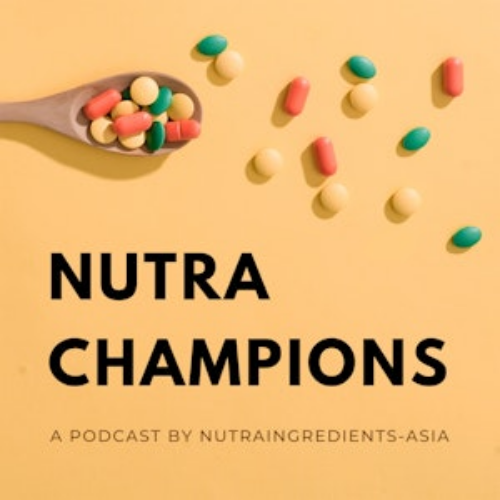“Paradoxical increase” in exclusive breastfeeding and formula milk consumption in the past 20 years – Lancet study

In these countries, exclusive breastfeeding for babies less than six months went up from 16.8 per cent to 37 per cent.
Formula consumption for babies less than six months old also climbed from 25.3 per cent to 36 per cent.
This study examined breastfeeding and formula intake patterns in babies younger than two years old, based on information from 113 countries.There was also a higher rate of any breastfeeding – referring to the combination of breastfeeding and other food – in babies up to one year old.
It was conducted by researchers from the World Health Organisation (WHO), Australia’s Deakin University, Brazil’s Universidade Federal de Pelotas, and Bill and Melinda Gates Foundation – which funded the study.
The research was conducted via literature search on PubMed and Google Scholar and selected scientific papers published as of January 31 this year.
It is also said to be the first report on trends in child feeding indicators in countries of different income levels.
Key findings
Across the world, exclusive breastfeeding had increased, except for the Middle East and North Africa. At the same time, formula consumption in babies below six months old had also increased in upper middle-income countries, such as East Asia.
In fact, it was the upper middle-income countries which had led the increase in formula milk sales.
Other than East Asia, these countries included those from the Pacific, central Asia, the Middle East, North Africa, eastern Europe, Latin America, and the Caribbean.
Volume wise, formula milk sales had increased from 3.5kg/child to 7.4kg/child between 2005 and 2019, led by highly populated upper-middle-income countries.
Total formula sales (including formulas for children up to three years old) across the world had also increased by 121·5 per cent between 2005 and 2019, with further increases of 10·8 per cent projected by 2024, according to Baker et al.
While exclusive breastfeeding rates had also went up, the increase was only up by 20 per cent, according to data from UNICEF.
“When all countries with data were pooled together, the rate of any breastfeeding was constant from 2000 to 2019, at just under 90 per cent for children younger than six months and around 80 per cent at age 1 year.
“However, we found increases in high-income and upper-middle-income countries, almost no change in lower-middle-income countries, and reductions in low-income countries,” said the researchers.
Explanation
The “paradoxical” increase in both exclusive breastfeeding and formula milk consumption can be explained by the reduction in animal milk intake, said the researchers.
“The paradoxical combination of increases in exclusive breastfeeding and in formula milk consumption from birth to age 23 months in upper-middle-income countries is explained by sharp declines in children who consume animal milk, a finding that was also observed to a lesser extent in lower-middle-income countries.
“Growing affluence in middle-income countries is likely to be behind the replacement of animal milk by formula,” they said.
However, the researchers also acknowledged that there was a lack of data in highly populated countries, such as Mexico, Russia, and China, which was one of the limitations of this study.
"Because data on some feeding indicators were not available, we could not calculate pooled trends for exclusive breastfeeding, formula, and animal milk consumption for high-income countries, showing the urgent need for standardised data for these countries," the researchers said.
Source: The Lancet Child and Adolescent Health
Rates and time trends in the consumption of breastmilk, formula, and animal milk by children younger than 2 years from 2000 to 2019: analysis of 113 countries
https://doi.org/10.1016/S2352-4642(21)00163-2
Authors: Paulo A R Neves, et al

















